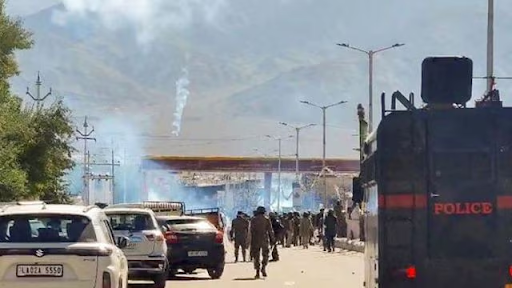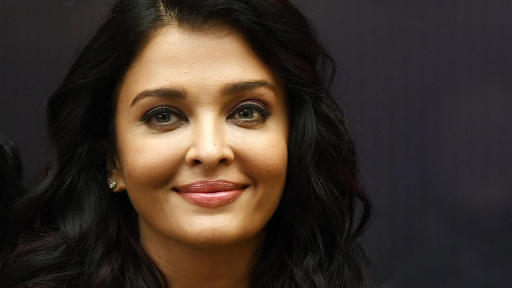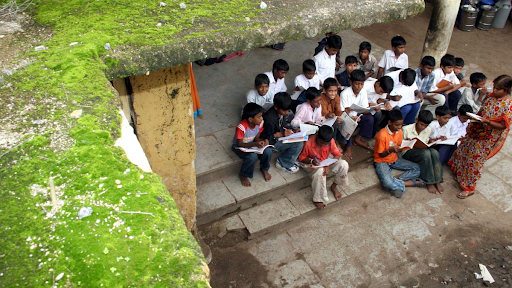




Copyright infringement not intended
Picture Courtesy: Indian Express
After a state funeral and a national mourning, the ashes of former Prime Minister Manmohan Singh ended up in the Yamuna River.
A state funeral is an official ceremony for an important figure, generally a national leader, which is conducted with full state honours. It involves elaborate arrangements, including public participation in the mourning process.
In India, a state funeral is commonly reserved for the President, Prime Minister, former Presidents, and Governors. However, in some cases, the Central Government may decide to accord a state funeral to other dignitaries, based on their contributions to the nation, as seen with figures like industrialist Ratan Tata and singer Lata Mangeshkar.
National mourning is a period of mourning declared by the government after the death of a significant leader or figure who has made a remarkable contribution to the country.
During this time, the national flag is flown at half-mast, and no official entertainment events are held unless major national days like Republic Day or Independence Day fall within the mourning period.
According to Section 3.58 of the Flag Code of India, the flag is draped on the bier or coffin with the saffron side facing the head of the deceased. It is important to note that the flag should not be lowered into the grave or set on fire during the cremation.
The state funeral of former Prime Minister Manmohan Singh followed these rules. His body, draped in the Indian flag, was transported in a flower-decked carriage pulled by an army truck. The flag was removed before placing the body on the pyre, and it was covered with a saffron cloth in accordance with the state funeral guidelines.

Source:
|
PRACTICE QUESTION Q.Discuss the key reforms introduced during India’s economic liberalization in the 1990s. How did these reforms transform the Indian economy? (150 words) |






© 2025 iasgyan. All right reserved